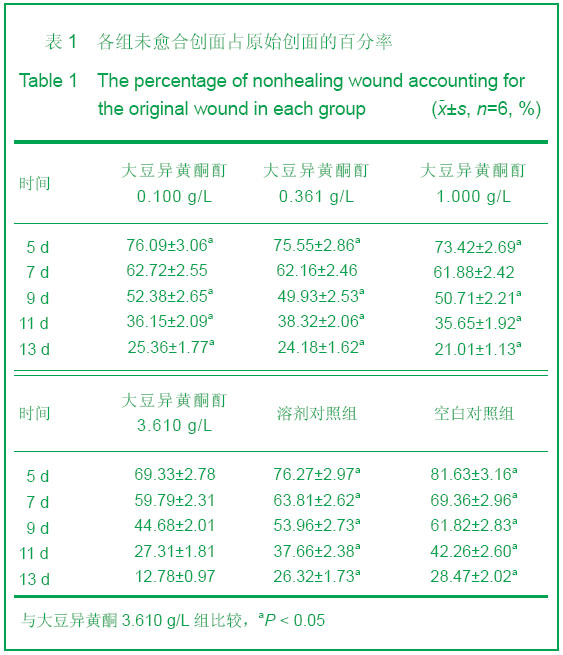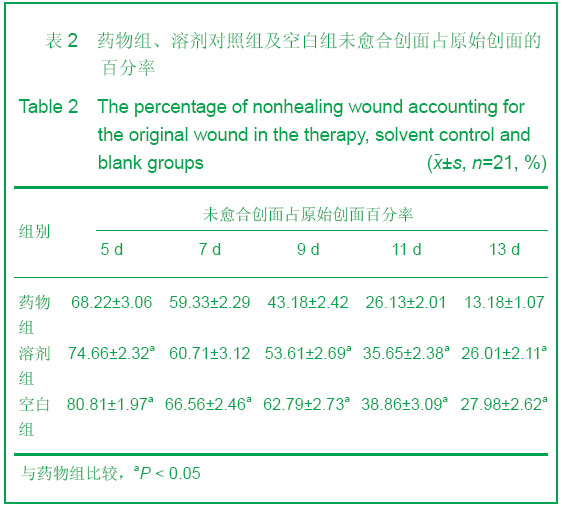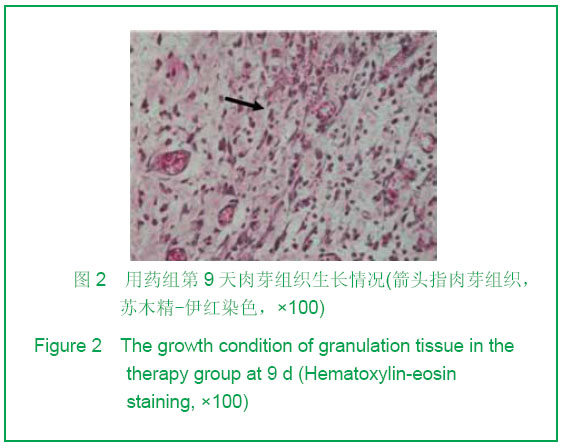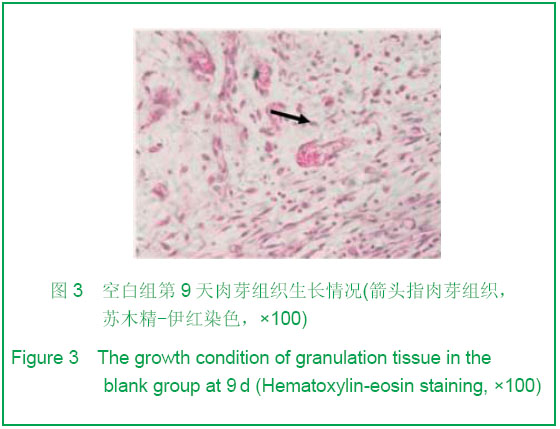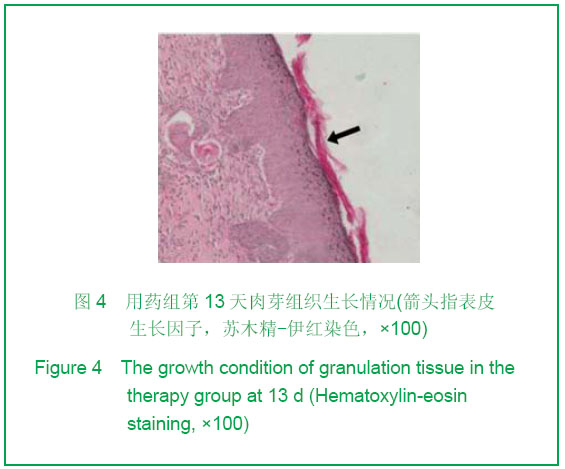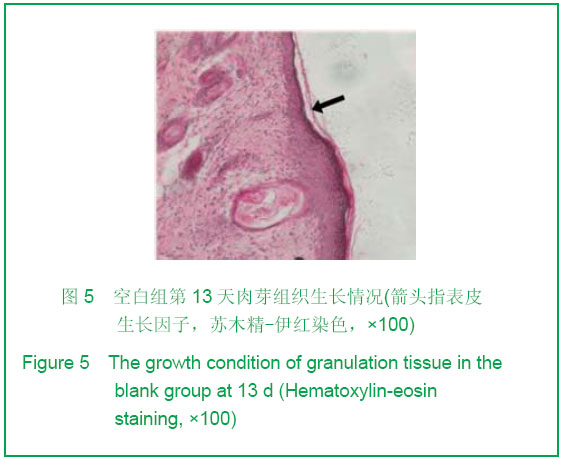| [1] Zeng J,Zhong XM.Shizhen Guoyi Guoyao.2005;16(8): 779-780.曾靖,钟星明.大豆异黄酮抗肿瘤作用研究进展[J].时珍国医国药,2005,16(8):779-780.[2] Chen YS,Zhang LY.Sichuan Shengli Kexue Zazhi.2011; 33(1):26-28.陈玉胜,张李阳.大豆异黄酮的药理功效研究进展[J].四川生理科学杂志,2011,33(1):26-28. [3] Tao L,Li H.Jiefangjun Yaoxue Xuebao.2011;27(4):360-362.陶利,李禾.大豆异黄酮的药理作用[J].解放军药学学报,2011, 27(4):360-362.[4] Ke XA,Zhang S,Wang SS.Dongnan Guofang Yiyao.2009; 11(3): 235-238.柯晓安,张舜,王珊珊.大豆异黄酮预防心血管疾病的研究进展[J].东南国防医药,2009,11(3):235-238.[5] Kang XM, Zhang QY, Wang SH,et al.Effect of soy isoflavones on breast cancer recurrence and death for patients receiving adjuvant endocrine therapy.CMAJ.2010;182(17):1857-1862.[6] Qin W, Zhu W, Shi HD,et al.Soy isoflavones have an antiestrogenic effect and alter mammary promoter hypermethylation in healthy premenopausal women.Nutr Cancer.2009;61(2):238-244.[7] Wong WW, Taylor A A, Smith EO,et al.Effect of soy isoflavone supplementation on nitric oxide metabolism and blood pressure in menopausal women.Am J Clin Nutr.2012;95:1487-1494.[8] Taku K, Melby MK, Kurzer MS, et al.Effect of soy isoflavone supplementation on bone turnover markers in menopausal women:systematic review and meta-analysis of randomized controlled trials.Bone.2010;47(2): 413-423.[9] Yin XZ,Xu HX,Jin AH,et al.Shipin Kexue.2011;32(19): 220-223. 尹学哲,许惠仙,金爱花,等.大豆异黄酮抗家兔动脉粥样硬化作用[J].食品科学,2011,32(19):220-223. [10] Ji H,Wang J,Yu J.Zhongguo Xiandai Yaowu Yingyong.2011; 5(16):128-129. 季华,王桔,于晶.大豆异黄酮的生理作用及其应用前景[J].中国现代药物应用,2011,5(16):128-129. [11] Zhang XR,Liu YC.Zhongguo Linchuang Kangfu.2005;9(7): 241-243. 张秀荣,刘耀春.大豆异黄酮对心血管保护作用的研究[J].中国临床康复,2005,9(7):241-243.[12] Iwasaki M, Hamada GS, Nishimoto IN,et al.Dietary isoflavone intake and breast cancer risk in case-control studies in Japanese,Japanese Brazilians,and non-Japanese Brazilians.Breast Cancer Res Treat.2009;116(2):401-411.[13] Ho SC, Chan S, Ho YP,et al.Effects of soy isoflavone supplementation on cognitive function in Chinese postmenopausal women:a double-blind, randomized, controlled trial.Menopause.2007;14(3):489-499.[14] Zeng J,Liu CQ,Jiang LX,et al.Shizhen Guoyi Guoyao.2005; 16(10):989-990.曾靖,刘春棋,江丽霞,等.大豆异黄酮对小鼠实验性肝损伤的保护作用[J].时珍国医国药,2005,16(10):989-990.[15] Phillips TJ,Demircay Z,Sahu M.Hormonal effects on skin aging.Clin Geriatr Med.2001;17:661-672.[16] Shan MG,Maibach HI. Estrogen and skin:an overview.Am J Chin Dermatol. 2001;2:143-150.[17] Ashcroft GS,Mills SJ,Lei K,et al.Estrogen modulates cutaneous wound healing by down regulating macrophage migration inhibitory factor.J Clin Invest.2003;111:1309-1318.[18] Cao H,Chen YM.Jiefangjun Yaoxue Xuebao.2011;27(5):408-409.曹红,陈玉敏.正交设计优选白芷的渗漉法提取工艺[J].解放军药学学报,2011,27(5):408-409.[19] Guo Y. Beijing: People’s Medical Publishing House. 1990: 443-445.郭鹞.人类疾病的动物模型[M].北京:人民卫生出版社,1990: 443-445.[20] Liu DL,Li XJ,Zhang Y,et al.Zhongguo Xiufu Chongjian Waike Zazhi.2002;16(4):257-259.柳大烈,李希军,张阳,等. 外源性透明质酸对创面愈合影响的研究[J].中国修复重建外科杂志,2002,16(4):257-259.[21] Li QL,Xiao NK,Zhang L.Zhongwai Yiliao.2008;27(10):45-46.李庆林,肖能坎,张琳.小鼠创伤愈合新生皮肤组织切片的制备[J].中外医疗,2008,27(10):45-46.[22] Chen YL,Huang K.Zhongguo Linchuang Kangfu.2002;6(8): 1080-1081. 陈玉林,黄康.创面愈合的评价指标[J].中国临床康复,2002,6(8): 1080-1081.[23] Schmid D,Muggli R.Cosmetics and Toiletries Manufacture Worldwide.2001;146-151.[24] Zhang XR.Xinxue Guan Bing Xue Jinzhan.2003;24(3): 173-176.张秀荣.大豆异黄酮心血管作用的研究进展[J].心血管病学进展,2003,24(3):173-176.[25] Zhu XY,Li ZM,Zhu CL,et al.Nanhua Daxue Xuebao.2008; 36(3):296-298.朱新英,李梓民,朱传龙,等. 葛根异黄酮对去卵巢大鼠三种免疫细胞活性的影响[J]. 南华大学学报,2008,36(3):296-298.[26] Cao C,Dai X,Li SR,et al.Disan Junyi Daxue Xuebao. 2008; 30(17):1644-1646.曹川,戴霞,李世荣,等.三羟基异黄酮对人瘢痕疙瘩成纤维细胞增殖及侵袭作用的影响[J].第三军医大学学报,2008,30(17): 1644-1646.[27] Qiu XW, Wang JH, Yang L, et al.Jiefangjun Yixue Zazhi.2011; 36(8):817-820.邱学文,王甲汉,杨磊,等.rhGM-CSF凝胶对烧伤后残余创面愈合的影响[J].解放军医学杂志,2011,36(8):817-820. [28] Wang Y, Zhang M, Shi HY, et al. Xiandai Zhongxiyi Jiehe Zazhi. 2010;19(11):1313-1314.王勇,章敏,施厚银,等.中药红油膏对大鼠创面愈合影响的实验研究[J].现代中西医结合杂志,2010,19(11):1313-1314. [29] Wang ZG, Wang LF.Zhongguo Meitan Gongye Yixue Zazhi. 2010;13(2):264-266.王志刚,王凌峰.肝素化羊脱细胞真皮基质对大鼠深Ⅱ度创面愈合的影响[J].中国煤炭工业医学杂志,2010,13(2):264-266 |
